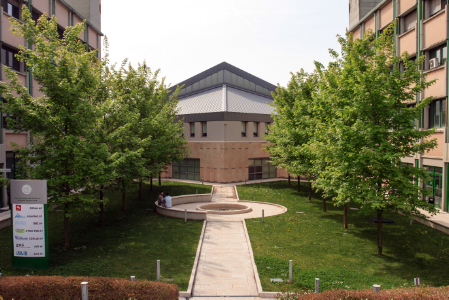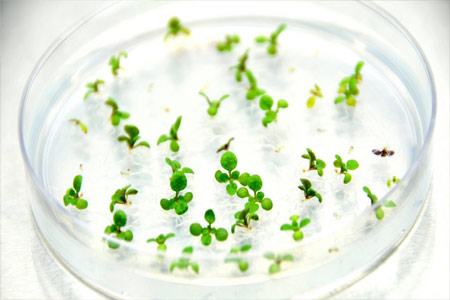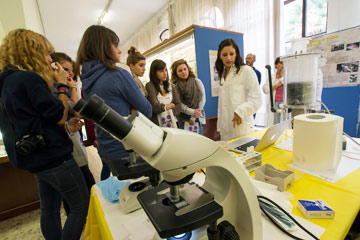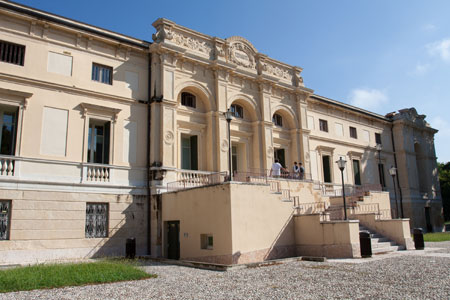Learning outcomes
Module: ELABORAZIONE DATI BIOMEDICI
-------
To acquire basic knowledge on digital diagnostic images and to understand and learn how to code and apply the most applied algorithms used for image/volume visualization, segmentation, registration and classification.
Module: BIOIMMAGINI
-------
The course will introduce wavelets and multiresolution (time/scale, space/scale) signal and image analysis.
The wavelet transform can be considered as a generalization of the Fourier transform, allowing a simultaneous time (or space) and frequency localization of the signal features. This makes it a very powerful tool for image analysis, in particular feature extraction for segmentation, denoising and pattern recognition and image coding. In the course, particular emphasis will be given to the applications in the field of neuroimaging.
Syllabus
Module: ELABORAZIONE DATI BIOMEDICI
-------
1. Diagnostic imaging.
Goal: a review of image processing and an overview on images in hospitals.
-Digital images and related processing.
-Diagnostic imaging modalities: CT, MRI, US, PET, ecc.
-DICOM: image communication and archive in medicine
2. Visualization in radiology
-Overview of medical image applications: Computer Aided Diagnosis, surgical planning, simulation
- Volume data visualization, Surface and Volume rendering techniques
3. 3D data segmentation and visualization.
Goal: Describing the most used 3D-4D recosntruction and visualization used in the medical practice
-Thresholding, region growing, mathematical morphology
-Methods based on clustering in color space, Graph cuts, Watershed, MRFs
-"Snakes" and other 2D/3D deformable models
- Model based approaches
4. Image registration.
Goal: Introducing methods and applications of 2D/3D image registration
- Image based registration: rigid/nonrigid transforms, difference measures, interpolation methods, optimization approaches
- Point based registration: ICP, robust methods, related problems
5. Motion analysis
Goal: Introducing the computer vision techniques used to recover motion from image sequences.
- Motion field and optical flow
- Optical flow algorithms: block matching, Lucas-Kanade
6. Shape analysis
- Region/volume processing, feature extraction, distance functions, curve skeletons
7. Texture analysis
Goal: Introducing texture analysis and methods to extract features and characterize tissues appearance in diagnostic images
-Texture analysis basics
-Texture features: Gray Level Co-Occurrence Matrices. Run Length Matrices, Wavelets
-Supervised classification
Module: BIOIMMAGINI
-------
1) The continuous Fourier transform revisited
- 1D and 2D cases
- Windowed Fourier transform
2) Wavelets and multiresolution representations
- Introduction to the wavelet transform (WT)
- Wavelet families
- Discrete WT (DWT)
- The filterbank perspective
- Fast DWT by filterbank implementation
- Lifting steps implementation
- Generalization to 2D and 3D cases
3) Avdanced wavelt-based coding systems
- Basics of information theory (defintion of information, entropy)
- Wavelet-based coding
- JPEG2000
4) Applications with focus on neuroimaging
Assessment methods and criteria
Module: ELABORAZIONE DATI BIOMEDICI
-------
Module: BIOIMMAGINI
Theory: mid-term and final exams
Lab: miniproject
For further sessions the form (oral or written) will be established based on the number of candidates
Module: BIOIMMAGINI
-------
Mid-term and final exams. The form will be written or oral depending on the number of students.







